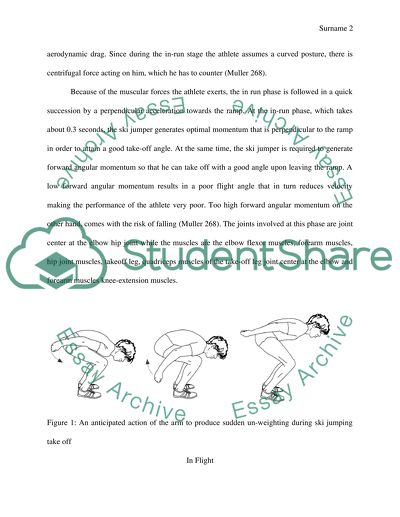Cite this document
(“The Bio Mechanics of a Ski Jump Research Paper Example | Topics and Well Written Essays - 1500 words”, n.d.)
The Bio Mechanics of a Ski Jump Research Paper Example | Topics and Well Written Essays - 1500 words. Retrieved from https://studentshare.org/health-sciences-medicine/1445297-the-bio-mechanics-of-a-ski-jump
The Bio Mechanics of a Ski Jump Research Paper Example | Topics and Well Written Essays - 1500 words. Retrieved from https://studentshare.org/health-sciences-medicine/1445297-the-bio-mechanics-of-a-ski-jump
(The Bio Mechanics of a Ski Jump Research Paper Example | Topics and Well Written Essays - 1500 Words)
The Bio Mechanics of a Ski Jump Research Paper Example | Topics and Well Written Essays - 1500 Words. https://studentshare.org/health-sciences-medicine/1445297-the-bio-mechanics-of-a-ski-jump.
The Bio Mechanics of a Ski Jump Research Paper Example | Topics and Well Written Essays - 1500 Words. https://studentshare.org/health-sciences-medicine/1445297-the-bio-mechanics-of-a-ski-jump.
“The Bio Mechanics of a Ski Jump Research Paper Example | Topics and Well Written Essays - 1500 Words”, n.d. https://studentshare.org/health-sciences-medicine/1445297-the-bio-mechanics-of-a-ski-jump.


